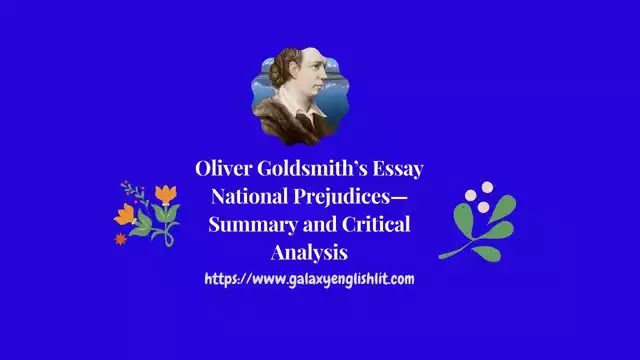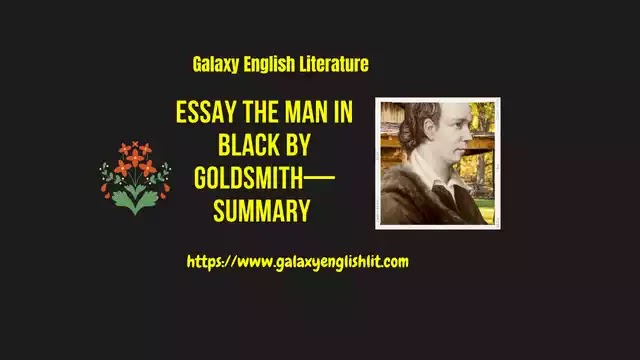Introduction:
Eliot has employed both kinds of symbols traditional and personal. As a matter of fact, Eliot is a giant of personal symbolism. And because of his personal symbols many passages of The Waste Land, Ash Wednesday, and Four Quartets are still obscure. About the cause obscurity in a particular, a critic observes: “Ash Wednesday is the most obscure of Eliot's poems. The symbols and images he employs have arbitrariness of the individual's inner world, and the poet is not wholly willing to share his secret.” Eliot is occupied with frontiers of consciousness beyond which words fail, though meanings still exist. This private world so intensely real to each of us individually, can hardly be communicated. So the poet resorts to symbols and images which help to create an objective correlative of his own vision or experience in the mind of the reader, and rhythms which penetrate far below the conscious levels of thought and feeling invigorating every word.
 |
| T.S. Eliot’s Use of Symbols in Poetry |
Traditional Symbols:
There are traditional symbols which have been in use for a long time. They may be called stock symbols because everyone understands its significance. Eliot has employed his traditional symbols with reference to concepts of Anglo - Catholicism and things and events described in the Bible. In The Waste Land ‘dry bones’ signify spiritual decay and death. ‘Rats’ stands for the squalor and corruption of modern civilization. Another traditional symbol used by Eliot is the ‘Rose’. In the Catholic side of Christianity, ‘Rose’ stands for ‘Virgin Mary’ conceived as the motherly affection offering her devotees hope and life. In many Roman Catholic images, she is represented as Virgin in Meditation. Another traditional symbol used by Eliot is ‘Rocks’. It is based on the Biblical passage in which concrete and solid dangers or obstacles have been represented as ‘rocks’. In the poem Journey of the Magi, Eliot employs two traditional symbols— ‘three trees’ and a ‘white horse’. The first refers to the three crosses at Calvary. On cross, Christ was crucified, and on the other two, they crucified two malefactors. The ‘white horse’ stands for the Christian religion at its early stages. The symbol represents Christ as the conqueror riding a white horse.
Personal Symbols:
The other category consists of personal symbols. Eliot uses a new type of symbols to convey the complex nature of modern city life. His personal symbols are subtle and thought provoking. Eliot abandoned the popular methods of the Georgians in order to make his poetry esoteric. Here is given a passage from the poem The Waste Land:
“There is shadow under this red rock,
(Come in under the shadow of this red rock).”
Here the personal symbol is “this red rock”. It represents the Christian religion as a rock shelter which is red with Christ's blood. Eliot uses a new type of symbols to convey the complex nature of modern city life. In The Love Song of J. Alfred Prufrock, image of “a patient etherised upon the table”, where he is lying conscious but conscious of nothing. This is the state of Prufrock's mind. Similarly the movement of fog is represented by the slow march of cat. There are many other symbols like Geranium and dog. The faded flowers stand for the squalor of urban life. Again a passage from the poem The Waste Land is given and this passage contains personal symbols:
“Son of man,
You cannot say, or guess, for you know only
A heap of broken images, where the Sun beats,
And the dead tree gives no shelter, the cricket no relief:
And the dry stone no sound of water.”
In the passage given above, ‘man’ means ‘Adam’. ‘Say’ means ‘describe’. ‘Guess’ means ‘imagine’. ‘Know’ means ‘consider the religion’. ‘A heap of broken images’ is a subtle symbol which symbolises the Christian religion as a ‘ruined church’ with broken images (i.e., concepts) of God, Christ, saints. ‘The dead tree’ represents materialism as a tree which is dead because it denies the independent existence of the soul and God. So such a tree can afford no shelter to the miserable materialist. ‘The cricket’ is a symbol of Nature.
Symbols used in Different Sense:
Sometimes certain symbols are used in different and opposite senses. For instance, ‘Fire’ stands for destruction. It is also, in a means of purgation. Similarly ‘water’ stands for death as well as generation. The meaning is to be found in the light of particular context in which a symbol issued.
There are some other symbols such as in The Burial of the Dead, the ‘Dog’ symbolises spiritual awareness. In The Fire Sermon, ‘fire’ is the symbol of lust. Apparent signs of ‘drought’, such as rock, the sandy road, symbolise spiritual desolation. Then ‘water’ is a symbol of spiritual rebirth. For in the land of ‘drought’, water is always life - giving.
Quotations and Allusions as Symbols:
Sometimes quotations and allusions are used as symbols. Stetson's failure at Mylae represents man's spiritual defeat. The journey's symbol in The Waste Land symbolised the uprootedness of modern man. It may be noted that Eliot's later symbols are derived mainly from the Christian traditions as he is pre - occupied with men’s spiritual progress. This is particularly true of Ash Wednesday and Four Quartets.





